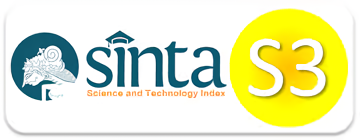SWOT Analysis for Tourism Development Strategy of Samosir Regency
Downloads
Samosir Regency is an area that has the potential to be developed as a tourism destination through the utilization of various potential natural beauty, local wisdom, and the historical value of cultural civilization, so as to increase regional income, improve the community's economy, grow the business sector, introduce local cultural values, and contribute in developing the world of education. This study aims to analyze the strengths, weaknesses, opportunities and threats in the development of tourism in Samosir Regency as a tourist attraction. Data were collected through observation, interviews and literature study. Data analysis uses descriptive qualitative analysis. The results of the data will be used to determine the strengths, weaknesses, opportunities and threats of tourism objects in Samosir Regency. The conclusion of this study states that for the tourism development strategy of Samosir Regency, they are (1) improving the quality of facilities and infrastructure that supports tourism, (2) increasing tourism activities on a national and international scale, (3) promoting attractions on an ongoing basis to the national and international level, (4) developing various values of tourist attraction products, (5) involving the participation of the community and all interested parties in the management of attractions, and (6) improving the competency of human resources for tourism actors.
Copyright notice:
- Authors retain copyright and grant the journal right of first publication with the work simultaneously licensed under a Creative Commons Attribution-NonCommercial-ShareAlike 4.0 International License that allows others to share the work with an acknowledgement of the work's authorship and initial publication in this journal.
- Authors are able to enter into separate, additional contractual arrangements for the non-exclusive distribution of the journal's published version of the work with an acknowledgement of its initial publication in this journal.
- Authors are permitted and encouraged to post their work online (e.g., in institutional repositories or on their website) prior to and during the submission process, as it can lead to productive exchanges, as well as earlier and greater citation of published work (See The Effect of Open Access)
















